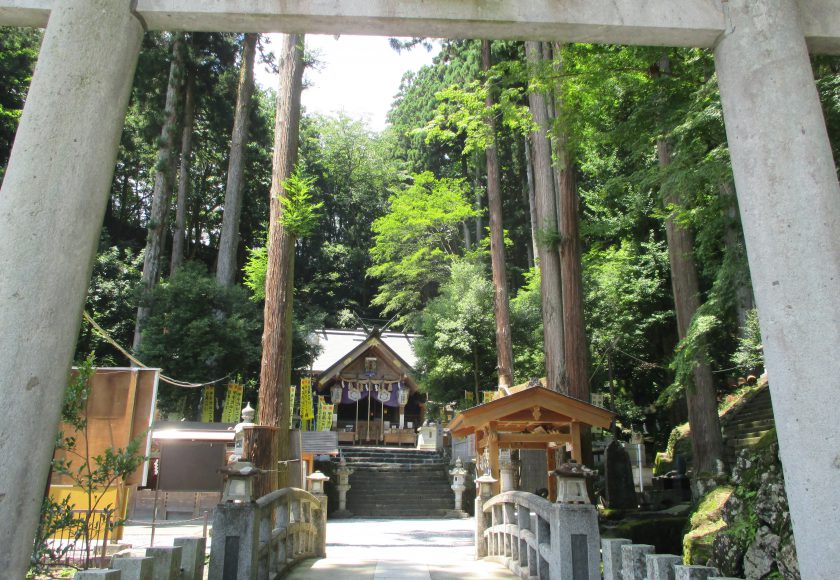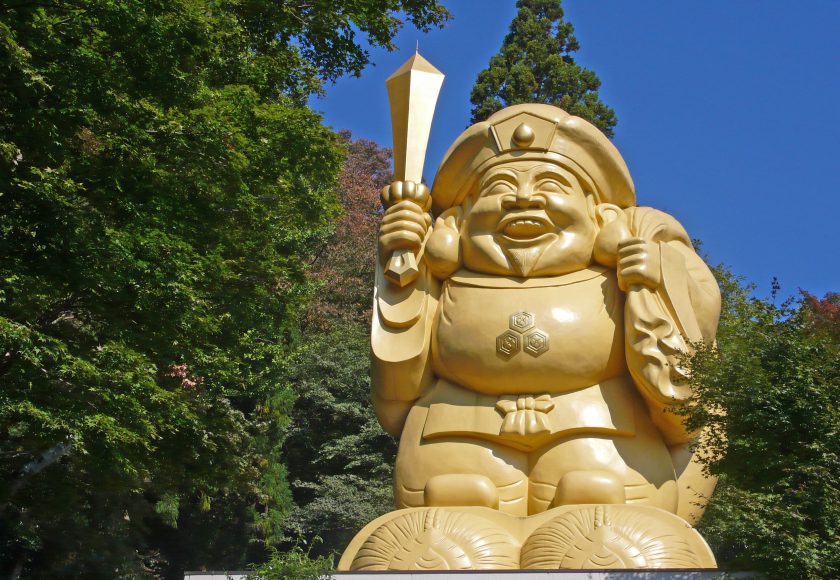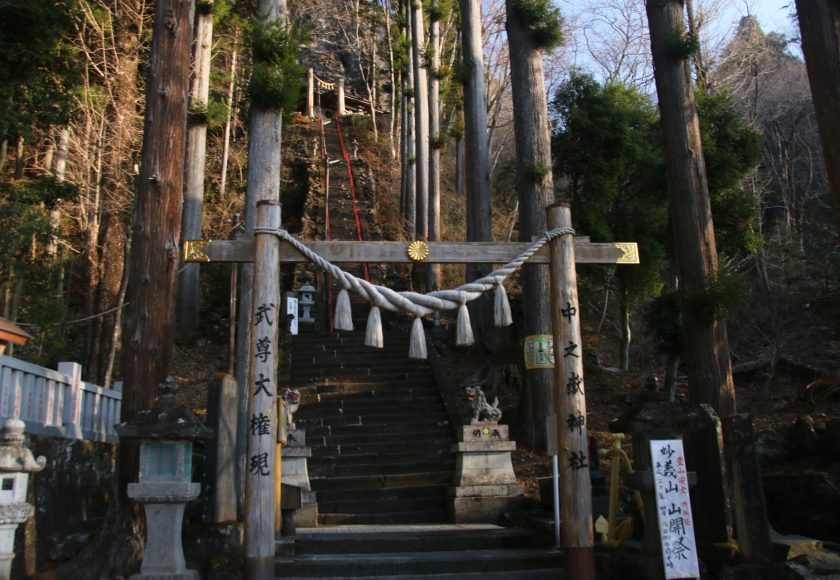Nakano-take Shrine was originally established by the Myogata clan during the reign of Emperor Kinmei, the 29th emperor of Japan, in the Yamato period (539–571). In 1183 (Juei 2), during the late Heian period, Lord Fujiwara no Suketane enshrined a sacred sword forged by a master blacksmith in honor of the deity.
Later, in 1616 (Genna 2), during the reign of Emperor Go-Mizunoo, Kato Nagakiyo, a Taoist monk, revitalized the shrine as its spiritual leader. Feudal lords across Japan came to revere the shrine. Lord Oda Nobuhisa, ruler of the Obata domain, rebuilt the shrine buildings and established an official position to oversee the shrine, while also donating land for its upkeep.



- Location
- 1248 Kamiosaka, Shimonita, Kanra District, Gunma 370-2621
- Access
- By Car
About 15 minutes from Matsuida-Myogi IC on the Joshin-Etsu Expressway (Route 18)
About 25 minutes from Shimonita IC (Route 254)
By Train
From JR Takasaki Station → JR Shinetsu Line to Isobe Station → Taxi (~25 min)
From JR Takasaki Station → Joshin Dentetsu Line to Shimonita Station → Taxi (~25 min) - Parking
- Gunma Prefectural Myogi Park Large Parking Lot
Capacity: 30 buses / 500 regular vehicles
Equipped with restrooms, including accessible facilities - Tel
- 0274-82-5671
- FAX
- 0274-82-2881
- URL
- http://www.nakanotake.com/
Recommended course
This is a traverse route through Mt. Myogi, one of Japan’s Three Great Scenic Mountains, and includes the iconic Stone Gate (Ishimon) formations.
Starting at Nakano-take Shrine, known for blessings in love and relationships, the route allows hikers to enjoy the majestic natural rock arches and formations carved by centuries of erosion.
This is the most popular hiking course in Mt. Myogi, and while the distance is relatively short and can be walked in sneakers, it is not without its hazards. Please proceed with caution.
From the Nakano-take parking area, the loop route takes you past the Stone Gates, Cannon Rock, several viewpoints, and back to Nakano-take Shrine.
Along the way, you’ll encounter chain-assisted sections with vivid names like “Crab Walk,” “Vertical Climb,” and “Bucket Descent.” But don’t worry—alternative paths are available for those who prefer to avoid these more technical spots.



